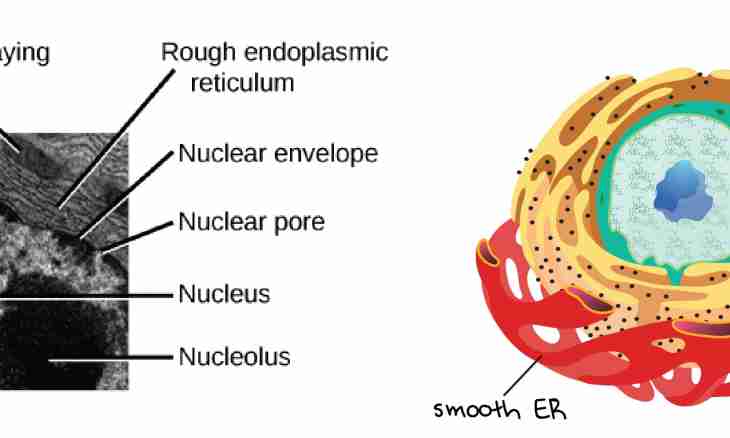According to the common notions, acids are the complex substances consisting of one or several atoms of hydrogen capable to be replaced on atoms of metals and the acid remains. They are subdivided into oxygen-free and oxygencontaining, monobasic and polybasic, strong, weak, etc. How to define, has any given substance acid properties?
It is required to you
- - indicator paper or solution of litmus;
- - hydrochloric acid (it is better diluted);
- - powder of carbonic sodium (the soda calcinated);
- - little nitrate silver in solution;
- - flat-bottomed flasks or laboratory glasses.
Instruction
1. The first and simplest test – test by means of indicator litmus paper or solution of litmus. If the paper strip or water solution has a pink or red shade, so in the studied substance there are hydrogen ions, and it is a sure sign of acid. It is easily possible to understand that the more intensively coloring (up to red-burgundy), the is stronger acid.
2. There is a set of other ways of check. For example, the task to define whether transparent liquid is hydrochloric acid is set for you. How to make it? High-quality reaction to chloride ion is known to you. It is found by addition even of the smallest amounts of solution of a lyapis - nitrate AgNO3 silver.
3. Cast in the separate capacity of a little studied liquid and drip slightly solution of a lyapis. At the same time the "curdled" white deposit of insoluble chloride of silver instantly will drop out. That is chloride ion as a part of a substance molecule precisely is. But, maybe, it is after all not hydrochloric acid, but solution of some chlorine-containing salt? For example, sodium chloride?
4. Remember one more property of acids. Strong acids (and salt also belongs to their number, certainly) can force out weak acids from their salts. Place in a flask or a laboratory glass a little powder of the calcinated soda – Na2CO3 and slowly flow the studied liquid. If hissing at once sounds and powder literally "will boil" - there will be no doubt left any more - it is hydrochloric acid.
5. Why? Because there was such reaction: 2HCl + Na2CO3 = 2NaCl + H2CO3. Coal acid which is so weak that instantly decays on water and carbon dioxide was formed. Here its bubbles also caused it "swirling and hissing".

